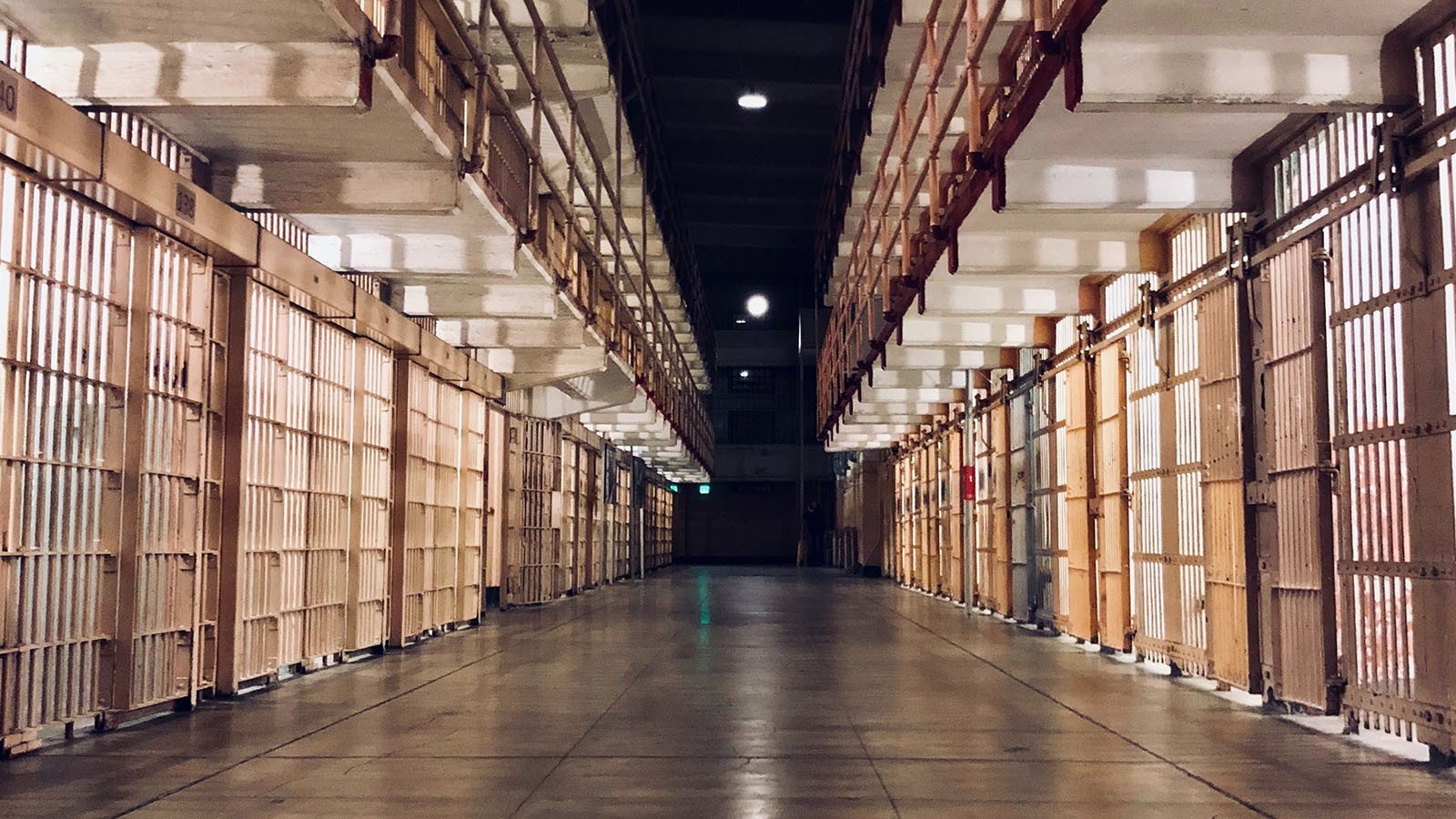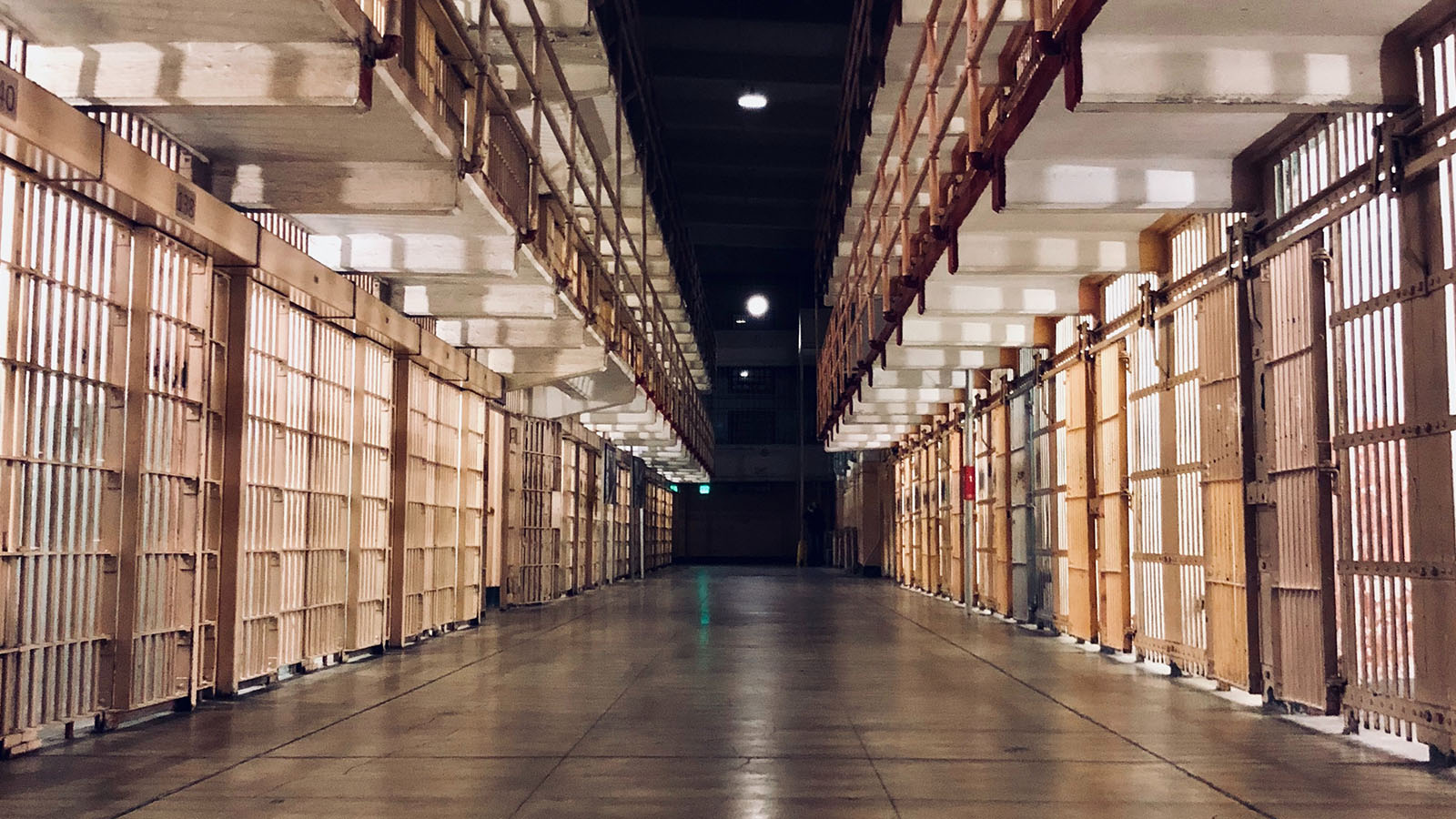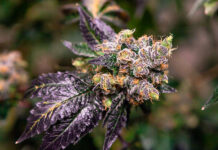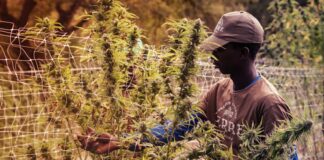
“Blunt Truths” tells the origin story of marijuana prohibition.
The story so far: Racism lies at the heart of America’s marijuana prohibition.
For the first three years of Harry Anslinger’s tenure as Commissioner of the Federal Bureau of Narcotics (FBN), he viewed marijuana as a local problem limited to America’s Southwest. But, when he feared that marijuana was spreading into “white culture”, he made marijuana prohibition his priority. Lacking a Constitutional basis to prohibit marijuana use, Anslinger used a punitive tax law at first; anyone buying or selling marijuana without paying the tax was subject to prosecution.
The crowning achievement of Harry Anslinger’s early tenure as FBN commissioner was the Marijuana Tax Act of 1937, signed into law on October 1, 1937. Anslinger’s takeaway from the experience: He could flat-out lie about cannabis and get away with it. He could tell stories he knew were untrue and reference invented statistics — all without fear that even if someone like the American Medical Association’s William Creighton Woodward challenged him, he could easily neutralize the truth-teller and the truth. So long as Anslinger never backed down, he’d win.
In addition, because the subject was cannabis, Anslinger knew that the lawmakers he needed to influence were all as ignorant about it as their constituents. They simply didn’t care about it because it wasn’t a real problem. And, since the people intended to be negatively affected by their indifference were people of color — or the white people who associated with them — these white legislators happily let Anslinger have his way.
Because the subject was cannabis, Anslinger knew that the lawmakers he needed to influence were all as ignorant about it as their constituents. They simply didn’t care about it because it wasn’t a real problem. And, since the people intended to be negatively affected by their indifference were people of color — or the white people who associated with them — these white legislators happily let Anslinger have his way.
Anslinger tapped into America’s institutional and cultural racism and rode it. From a bureaucratic point of view, it made total sense. Maintaining — even expanding the marijuana mythology he’d created — was good for the FBN. This was Anslinger’s mindset as he sat before a Congressional committee, testifying in support of the Boggs Act in 1951, which established mandatory minimum sentences for drug violations, and lumped marijuana in with narcotics.
In previous testimony before Congress, Anslinger had denied that cannabis users were likely to go on to use harder drugs because they had used cannabis first, what is today referred to as a so-called gateway drug. But, he reversed that position as he testified before Democratic Louisiana Sen. Hale Boggs’ committee because experience told him he could lie.
According to Martin Booth in “Cannabis: A History,” “Anslinger decided to link [cannabis] to heroin, the new and truly terrible drug that was beginning to cause serious social problems and was believed to be a pivotal part of the Communist plan — particularly that of Communist China, against which America was to wage war in Korea — to destroy America and its values.”
To make that link work, Anslinger “changed his mind” about the “gateway” or “stepping stone” theory and made himself its great advocate.
Proponents of the gateway theory rely on statistics that show a percentage of cannabis users do go on to try or use heroin. But the fact that people use cannabis at one time and heroin another is not necessarily associative. By that faulty logic, if enough of those people drank coffee or used tobacco, one could make the same association, except that now coffee or cigarettes become that gateway to harder drug use.
Anslinger saw the gateway theory for what it was, a theory in name only, with minimal or dubious science to back it up. In that atmosphere, Anslinger could do what he did best: manipulate the truth at will.
In Anslinger’s book, “The Traffic In Narcotics,” he wrote of marijuana’s terrifying effects: “The will power is destroyed and inhibitions and restraints are released; the moral barricades are broken down and often debauchery and sexuality results.” He further embellished, writing, that marijuana “often leads to insanity.” Yet, by 1956, Anslinger insisted the opposite was true. Booth wrote that Anslinger preached zealously that “marijuana could turn America into a nation of compliant pacifists.” Suddenly, cannabis users weren’t violent, sexually deranged criminals; they were as compliant and easy to push around as heroin addicts.
As Anslinger testified to Congress in 1951: “[T]he use of marihuana does lead to heroin addiction.”
The Truth About ‘Gateway Drugs’
What does science say about the “gateway theory”? In “Marijuana Myths Marijuana Facts: A Review Of The Scientific Evidence,” authors Lynn Zimmer, Ph.D. and Dr. John P. Morgan, put it this way: “The gateway theory is not a theory at all. It is a description of the typical sequence in which multiple drug-users initiate the use of high-prevalence and low-prevalence drugs. A similar statistical relationship exists between other kinds of common and uncommon related activities.” The gateway theory is a myth — just like most everything else Anslinger sold the American public about cannabis.
The gateway theory is a myth — just like most everything else Anslinger sold the American public about cannabis. Click To Tweet
Like the rest of Anslinger’s mythology about cannabis, the gateway theory took hold. Then it took flight. The Cold War added still another element to the mix with the new threat of Communism. In “The Traffic In Narcotics,” Anslinger suggested that marijuana also was a gateway to anti-American political thought.
To Anslinger’s advantage, the gateway theory played far better outside of the United States. where racism wasn’t as baked into the culture. Anslinger was determined to make cannabis as illegal all over the world as it had become in the U.S. Medical use of cannabis was still accepted In countries such as Canada and the United Kingdom.
Anslinger wouldn’t have it, according to Booth, who wrote that Anslinger “forced the UN to agree that cannabis had no medical use whatsoever.” The UN Single Convention on Narcotic Drugs consolidated international treaties concerning the regulation and movement of narcotics, and newly categorized cannabis as dangerous as opium, morphine, heroin and cocaine. The treaty was ratified on March 10, 1961, and became Anslinger’s final accomplishment. As he was required to do by statute upon turning 70, on May 20, 1962, Anslinger submitted his resignation to President John F. Kennedy.
Anslinger may have been gone, but he left his mark: Cannabis was now fully prohibited throughout the world; even if an individual country wanted to legalize it, it couldn’t.
Next: Nixon’s War On Drugs and the Present.
Follow the “Blunt Truths” series:
- Introduction: How One Man Turned the Law and Society Against Weed
- Chapter 1: Harry Anslinger, the Prohibition Cop with Nothing to Prohibit
- Chapter 2: What Stoners Know that Harry Anslinger Didn’t Care to Know
- Chapter 3: Cannabis was Accepted Before Harry Anslinger
- Chapter 4: The Great Hemp Conspiracy
- Chapter 5
- Chapter 6: All Publicity is Good Publicity
- Chapter 7: Harry Anslinger Goes Hollywood
- Chapter 8: Fiorello La Guardia Debunks Anslinger’s Myths
- Chapter 9: The War on Drugs (Prelude)















